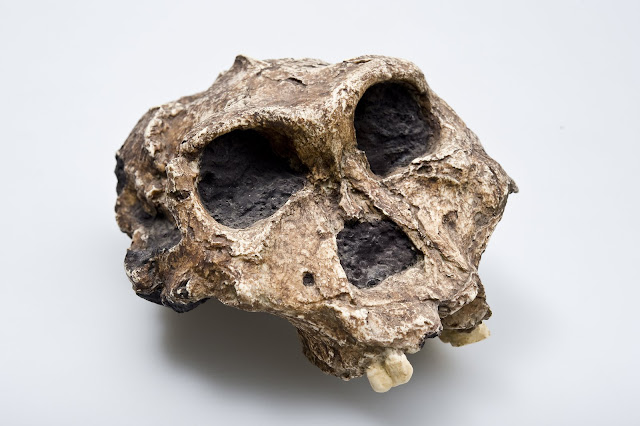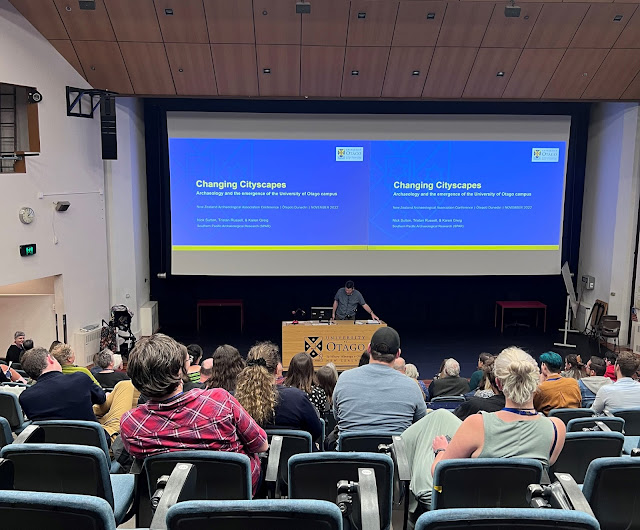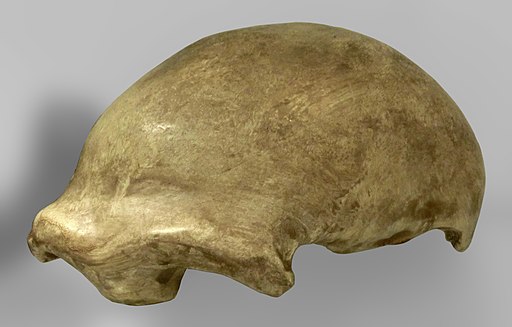A(nother) Long Overdue Update!
.jpg)
Kia ora, Those of you that have previously visited this blog have likely noticed a repeated theme - human origins - a long held interest of mine. You possibly also have noticed that it has been a while since I last posted. In the last couple of years there have been some major changes in my life. I decided to finally take the step to pursue my interest in human origins further by moving to Melbourne, Australia to undertake a PhD at La Trobe University. The focus of my PhD research, now into its second year, is on the early archaeological record of the southern Arabian Peninsula (specifically, the modern Sultanate of Oman) and the role of this region in 'Out of Africa' human dispersals, and is being undertaken as part of the LARiO (La Trobe Archaeological Research in Oman) project - an international and interdisciplinary research collaboration. This project is co-directed by my principal PhD supervisor at La Trobe University, Dr Matthew Meredith-Williams , and is currently being...



